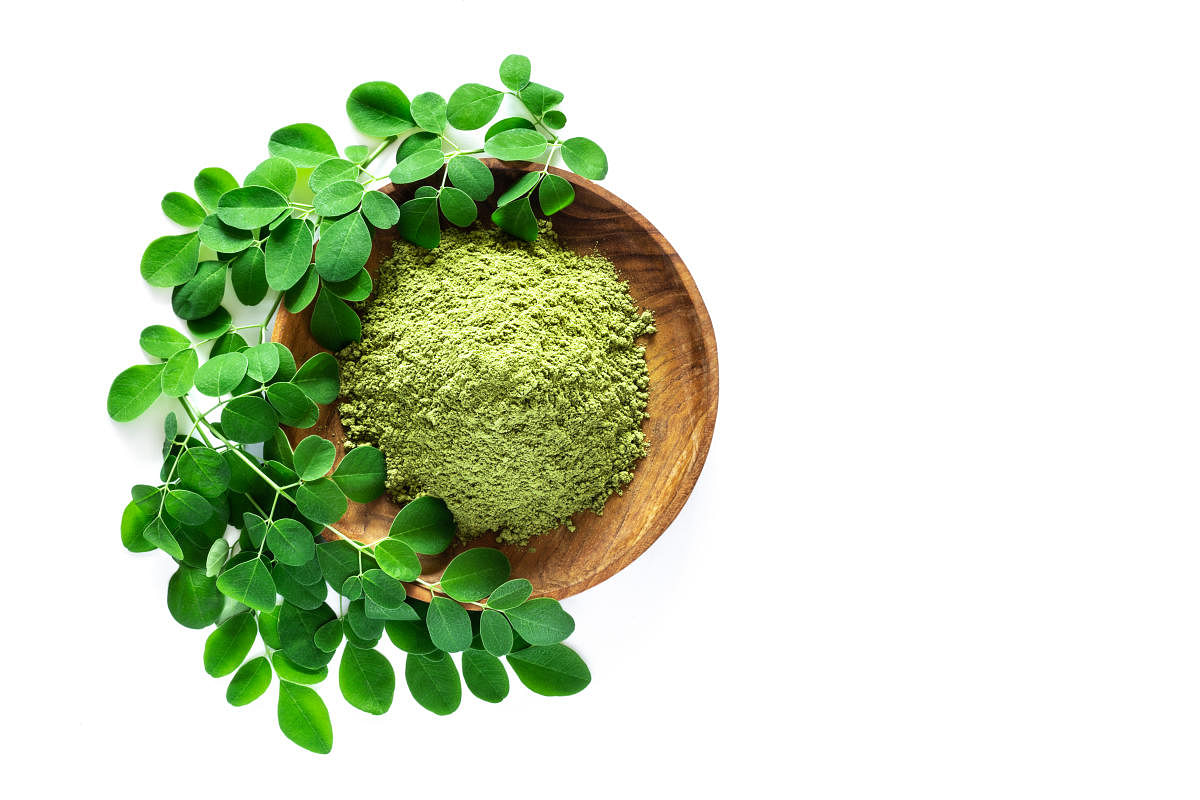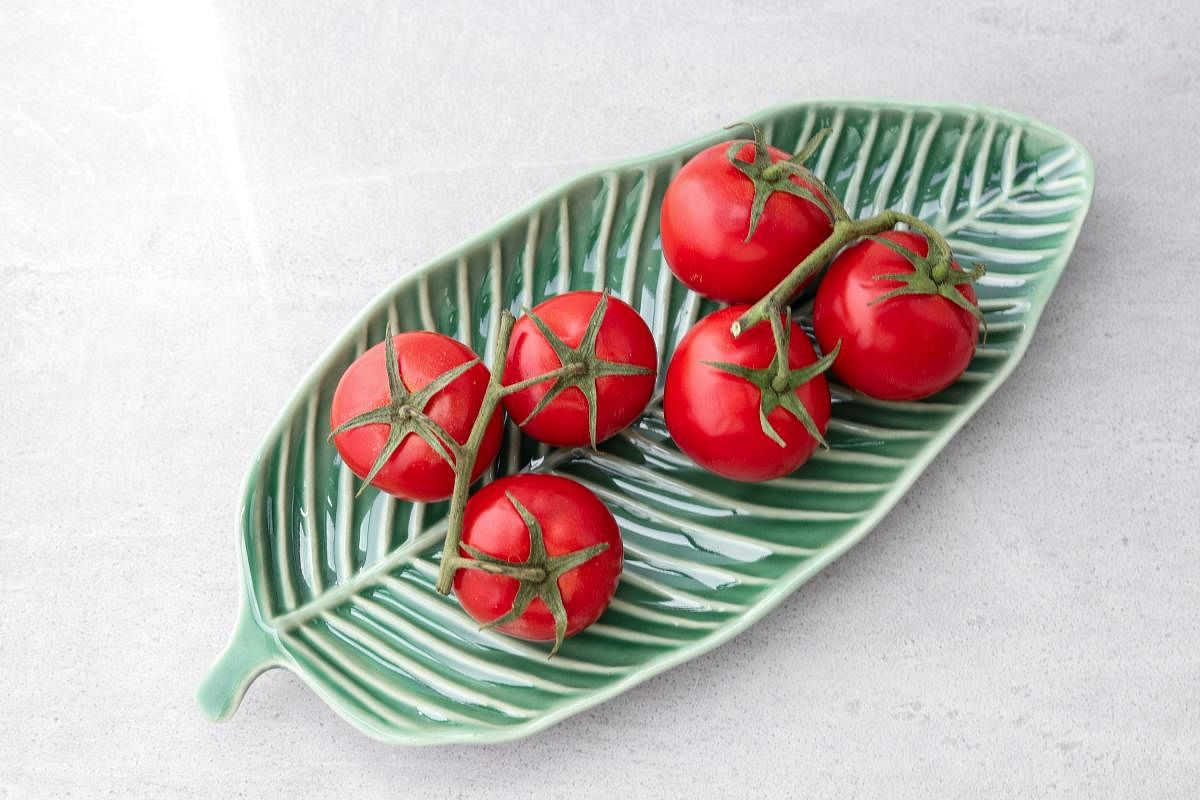

Fidel Castro’s fondness for drumsticks was the topic of conversation a few years back. “In complete retirement since 2008, the architect of the Cuban revolution is now quietly pursuing several pet hobbies. One of these was bringing drumstick seeds from Kerala and Tamil Nadu and cultivating them for his daily diet,” wrote journalist KP Nayar after visiting Castro’s residence in 2016.
Moringa was found in the foothills of the Himalayas around 2000 BC and has been a part of our diet ever since. But the presence of eight endemic varieties of the same plant in the African regions of Kenya and Ethiopia has raised questions over the nativity of the moringa plant. “The best-known species, Moringa Oleifera, must have sprung from those East African “proto-roots” although it apparently completed its evolution across the Indian Ocean in the foothills of the Himalayas. So although not African itself, it derives directly from African stock, according to the Lost Crops of Africa: Volume II: Vegetables; National Research Council, Policy and Global Affairs, Development, Security, and Cooperation, 2006.
In the same context, there are many ingredients that are used extensively in Indian cooking but owe their origin to regions elsewhere in the globe.
Gravylicious tomatoes
The tomato originated in Latin America and was brought to our land by the early European traders and later cultivated for consumption by the Britishers, paving its way into our daily diet. The majority of our everyday dishes employs tomatoes and one cannot think of making the basic Indian gravy without it. If we had not adopted and loved this fruit-vegetable, we would have been bereft of the famous butter chicken which has made headlines even beyond our borders.
All-encompassing potato
I encountered true love for the potato in Kolkata where every dish including the biriyani was incomplete without it. But it is interesting to note how a crop unknown to the world until the 16th century could take over the taste buds of people across socio-economic groups, generation gaps, and cultural differences. Today, aloo is synonymous with the daily Indian fare and songs have been written about aloo in a samosa! In her piece on the Portuguese influence on Bengali food, Colleen Taylor Sen, a Canadian American translator and author specialising in Indian cuisine, has listed the potato as one of the new world ingredients that transformed Bengali cuisine (Food on the Move; Proceedings of the Oxford Symposium on Food and Cookery 1996). This tuber finds its origin in the Andes and travelled to Europe with the Spanish invaders. Introduced by the Portuguese in India, it was the British who made it rampant in an attempt to introduce farming of a more superior variety crop.
Hot & spicy chillies
Eggs make for a well recommended universal breakfast and a crisp masala omelette laden with green chillies is a favourite of many. Indians as we know it would not have been able to relish the same without the use of chillies. Chillies are an important element of our cuisine and a cash crop in states such as Andhra Pradesh, Maharashtra, Karnataka and Tamil Nadu. But the hot spice agent native to the tropical part of Latin America was first brought to Europe by Spaniards, from where eventually the plant found its way to Asia and it was quickly accepted by the Far East communities. Chillies are one of the cheapest spices available in India today and are eaten amongst all groups of people.
Tangy tamarind
For as long as I can remember there has been a tamarind tree in the middle of the yard in my grandparent’s home. Sticky, sour with a hint of sweetness, moist and pulpy, not seedy are the better qualities looked for in the tamarind fruit. Most of the South Indian curries especially from Tamil Nadu, Andhra Pradesh and parts of Kerala employ good use of tamarind. Had not this tropical plant travelled from Africa to India and established itself, we would not have had these delicacies in our culinary repertoire. Today, tamarind is not just renowned for its tangy fruit but also revered for piety in many Indian cultures.
What’s with the wheat?
With an alarming rise in lifestyle-based health issues, wheat has taken centre stage even in the typical rice-eating belts of India. But whilst rice and many of its varieties are native to India, wheat is not. It is said to have first started as a cultivated crop around 9600 BC in the Karacadag mountains in Southeastern Turkey. Nevertheless, evidence gathered from Mohenjo-Daro excavations, tell us that as early as 5000 BC we had adapted wheat as a crop. Similarly, the basic ingredients of Indian cooking are the onion and garlic bulbs, which travelled to India from Central Asia. Since this was as early as the prehistoric era, before countries or continents were realised and borders were drawn, we have forgotten about its nativity and remember them more as our own.
Our offerings to the world
Immigrants to our country but cultivated for regular use today are also mustard seeds, apples, oranges, coffee, tea, amongst many more. While we have adopted and accepted many food ingredients from across the world, we have also offered the world quite a few. Varieties of rice, millets, pulses such as the green mung bean and chickpeas, bananas and plantains, mangoes, tubers like taro and yams, coconut, cucumber, sesame seeds and the royal purple brinjal are our gifts to the world.